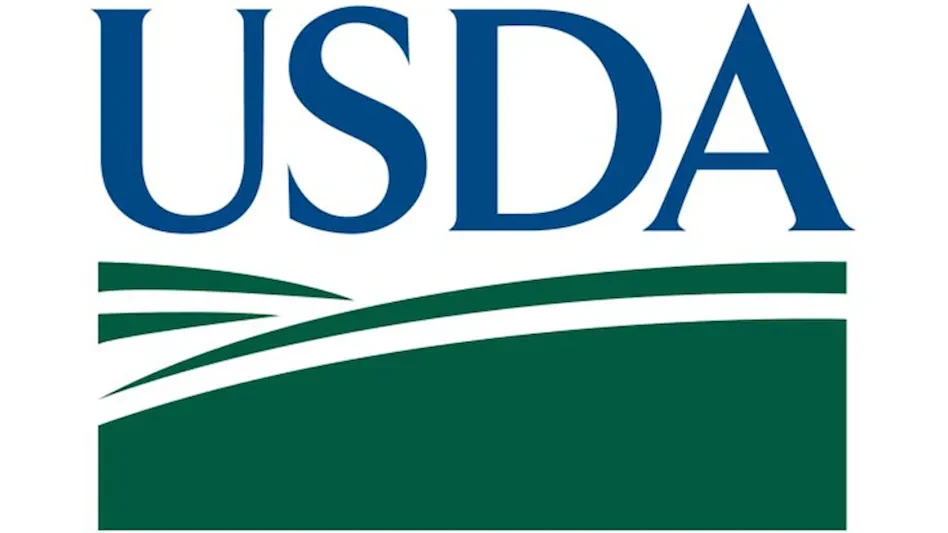Will the Food Safety Modernization Act (FSMA) and the Global Food Safety Initiative (GFSI) improve food safety? Maybe.
FSMA and GFSI-benchmarked audits require that food facility management validate their programs. This ability to establish and maintain validation is the make-it or break-it point for food safety.
We have such a variety of food products and types of processing methods that each food plant truly is unique with regards to hazards and the controls necessary to ensure safe food for consumers. This has been recognized and reflected in recent standards, including the FDA’s Food Safety Modernization Act and the various GFSI-benchmarked audit schemes. These standards outline the basic programs that must be in place, such as Sanitation, Allergen Control, Pest Management, and Hazard Analysis, and then require the plant’s management team to validate each of these programs.
|
Examples of Validation Requirements FSMA Preventive Controls. The owner, operator, or agent in charge of such facility shall verify that the preventive controls implemented under subsection C are adequate to control the hazards. BRC. Documented evidence shall show that the control measures selected and critical limits identified are capable of consistently controlling the hazard. SQF. The methods, responsibility, and criteria for ensuring the effectiveness of prerequisite programs, and validating critical food safety limits to ensure they achieve their intended purpose shall be documented and implemented. ISO 22000. The food safety team shall plan and implement the processes needed to validate control measures and/or control measure combinations, and to verify and improve the food safety management system. |
Validation requires a science-based evaluation to demonstrate that the inputs to each program will yield the desired goal. For example, a sanitation program validation must demonstrate that the methods, chemicals, tools, and temperatures being used will eliminate the soil (allergens, microbes, etc.) on the given surfaces. There are many factors that make validation unique to each operation and specific pieces of equipment. For example, water hardness will influence the efficacy of chemicals. Rough surfaces, such as poorly executed welds or temporary repairs with atypical materials, may harbor soils and require more agitation or different tools.
“It’s better to be lucky than good.” While this adage may apply to sports and games, it is a dangerous motto when it comes to food safety. Many operations simply rely on past history and lack of illnesses attributed to their products as validation of their programs. While past performance is often a good indicator of future results, it is far too limited to be the sole component of validation. A true validation program must seek the answer to this question: Where is the scientific evidence that the combination of our inputs (hazards and controls) will result in safe product?
Hazards and controls are constantly changing. Whenever there is a change, re-validation must be done. This may be something initiated at the plant level, e.g., new ingredients, new equipment, or new processing steps. Or it may be based on changing science, e.g., the increased tolerance of microorganisms to cold temperatures, low moisture, and acidic environments.
Validation lessons have been learned in recent history. It wasn’t long ago that the belief was that fruit juice had a low enough pH to not be susceptible to pathogens. However, in 1996, there were 65 confirmed cases of E.coli infection linked to unpasteurized apple juice. Similarly, the scientific community held that foods with low water activity were safe from pathogen concerns. Yet, in 2004, 29 people were made ill from raw almonds that were contaminated with Salmonella. It is imperative that food companies stay aware of the latest scientific information and apply it to their assessments.
Food companies that embrace validation and continually evaluate the ability of their programs to control hazards are the ones that are going to be successful. These are companies that heed warnings that appear in their GMP inspections, adhere to an established change management program, and stay current on scientific issues.
The author is Vice President of Food Safety Education, AIB International.
Latest from Quality Assurance & Food Safety
- Bird Flu: What FSQA Professionals Need to Know
- Registration Open for 129th AFDO Annual Educational Conference
- Frank Yiannas, Aquatiq Partner to Expand Global Reach of Food Safety Culture
- World Food Safety Day 2025 Theme: Science in Action
- Ancera Launches Poultry Analytics System
- USDA Terminates Two Longstanding Food Safety Advisory Committees
- Catalyst Food Leaders Announces Virtual Leadership Summit for People in Food
- Food Safety Latam Summit 2025 Set for Mexico City





